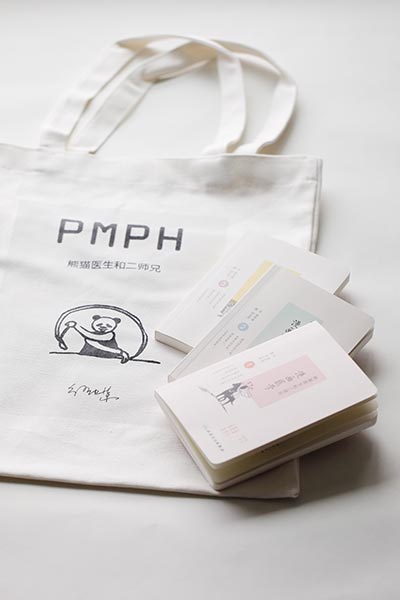 |
|
Cartoon books Doctor Panda and Er Shixiong: Cartoons on Medicine and Health 1-3 are very popular among readers. [Photo provided to China Daily]
|
In developed countries health education brochures with interesting graphics or cartoons that help people easily understand the issues of disease prevention and treatment are widely available, but this is not so in China, Miao says.
Chinese hospitals are bothered with disputes between patients and their staff that sometimes turn to violence, and Miao says that if accurate and clear medical information were more readily available there would be fewer of these incidents.
Chinese often have unrealistically high expectations about doctors' abilities to offer remedies, and this can cause tension in the doctor-patient relationship when outcomes are disappointing, he says.
Patients often try all they can to get into the best hospitals and expect good results, but not all diseases are curable, and sometimes it can even be difficult to correctly diagnose conditions, Miao says.
"As Hippocrates said, 'Cure sometimes, treat often, comfort always'. Despite patients' best hopes, doctors are not almighty, but many patients are unaware of this. It is important for doctors to be able to give information to patients in an easy-to-understand way. We hope to make medicine knowledge easy and more accessible to every one."
He Yizhou says he hopes eventually the cartoons can be translated into other languages and they will endure for decades to come, just like the Merck Manual of Diagnosis and Therapy, the oldest continuously published English-language medical textbook.


























 Raymond Zhou:
Raymond Zhou: Pauline D Loh:
Pauline D Loh: Hot Pot
Hot Pot Eco China
Eco China China Dream
China Dream China Face
China Face






